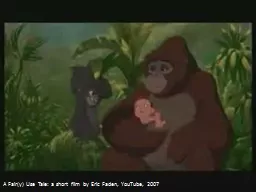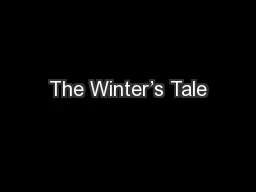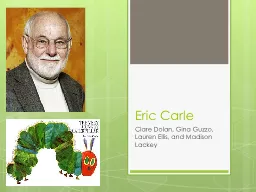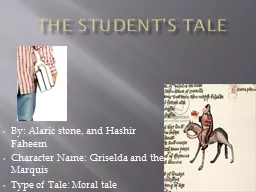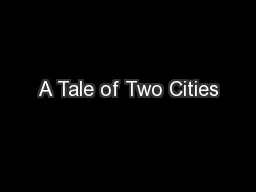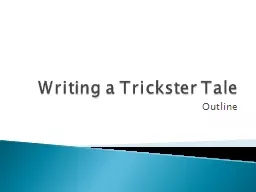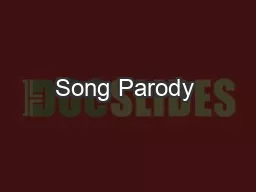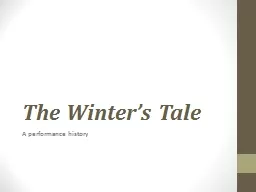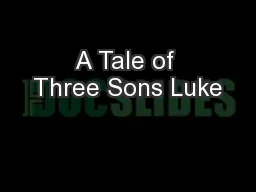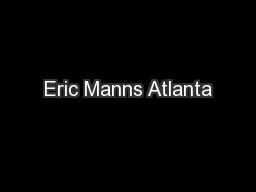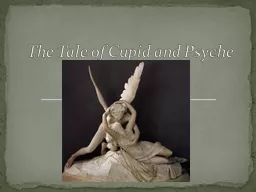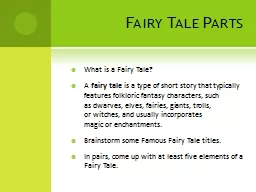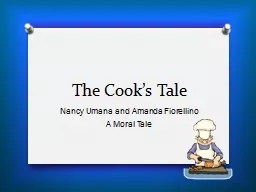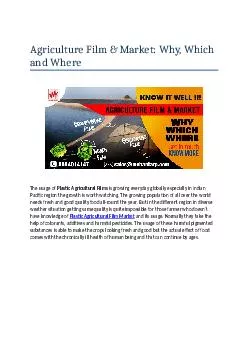PPT-A Fair(y) Use Tale: a short film by Eric
Author : tatyana-admore | Published Date : 2017-05-24
Faden YouTube 2007 Its that law thats the problem or is it Everyday with copyright Graham Titley Plymouth University June 2016 I hereby assert my right to be identified
Presentation Embed Code
Download Presentation
Download Presentation The PPT/PDF document "A Fair(y) Use Tale: a short film by Eric" is the property of its rightful owner. Permission is granted to download and print the materials on this website for personal, non-commercial use only, and to display it on your personal computer provided you do not modify the materials and that you retain all copyright notices contained in the materials. By downloading content from our website, you accept the terms of this agreement.
A Fair(y) Use Tale: a short film by Eric: Transcript
Download Rules Of Document
"A Fair(y) Use Tale: a short film by Eric"The content belongs to its owner. You may download and print it for personal use, without modification, and keep all copyright notices. By downloading, you agree to these terms.
Related Documents

